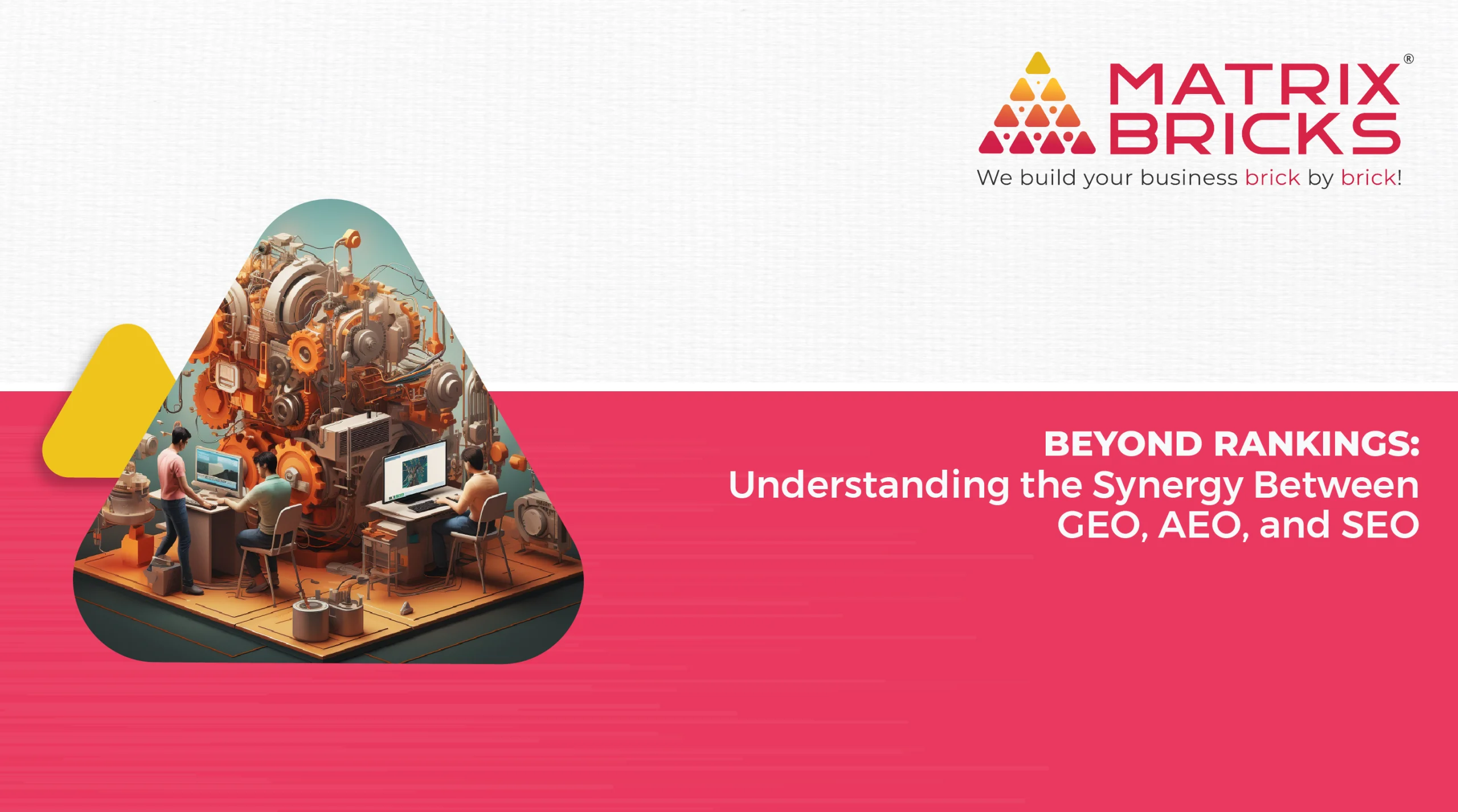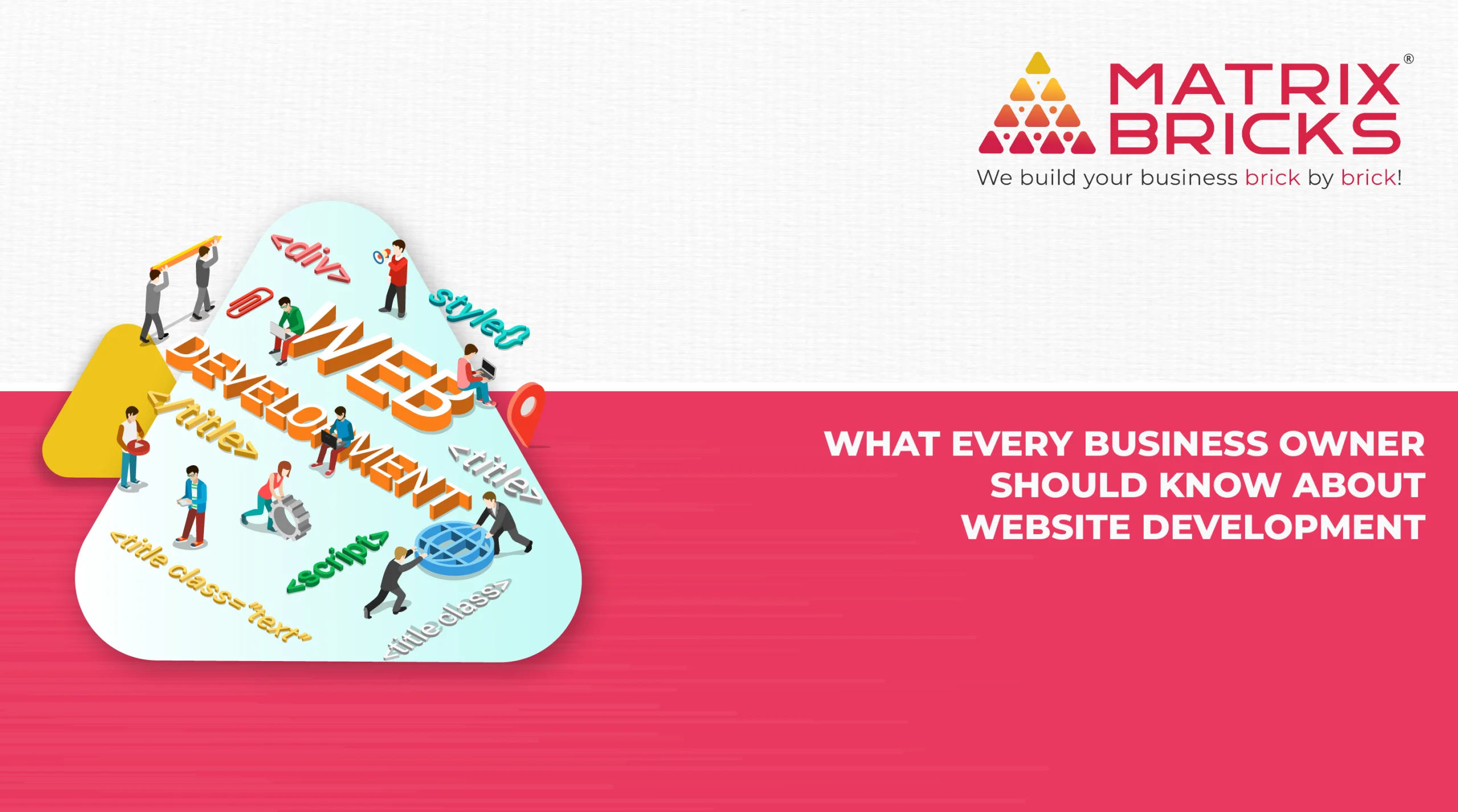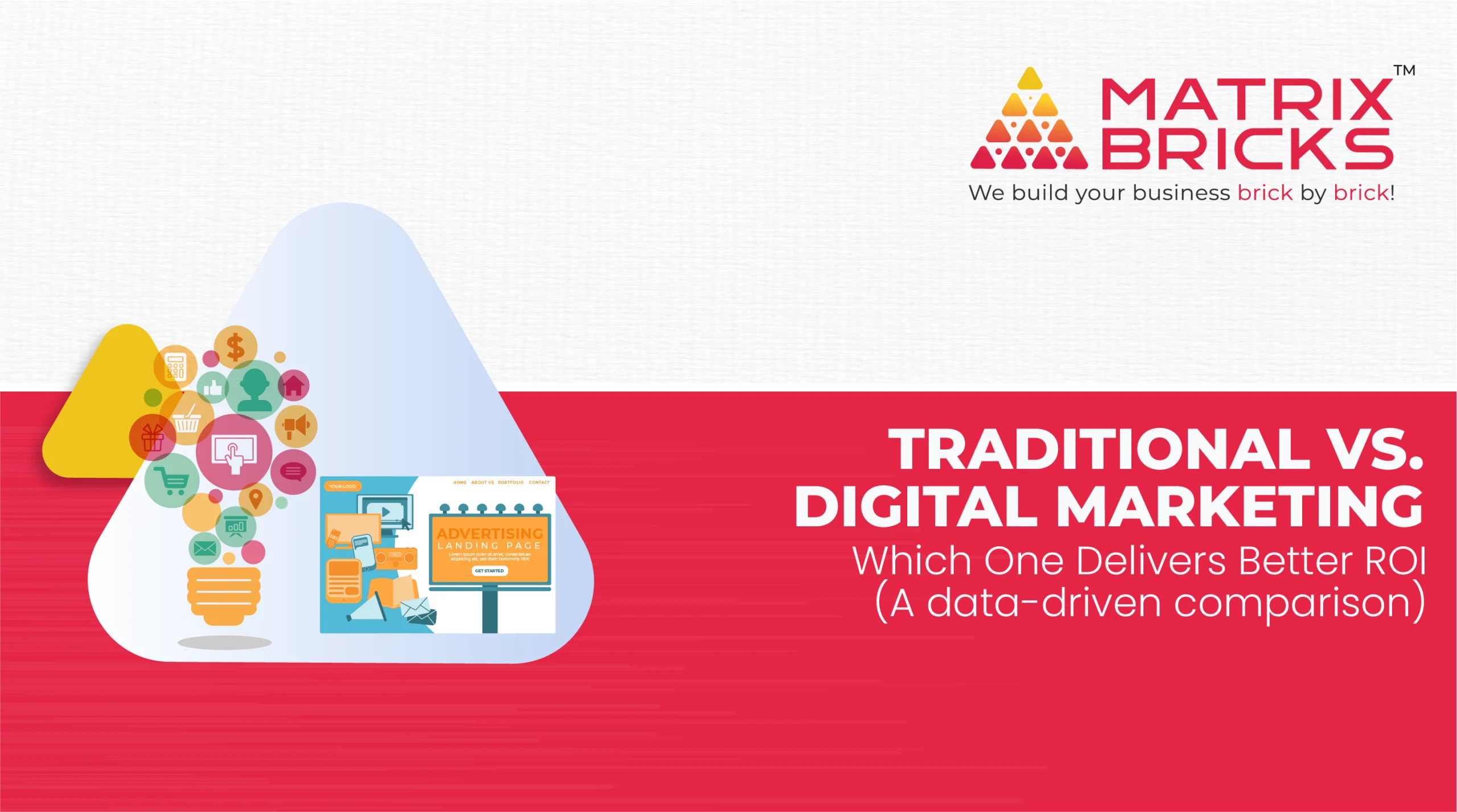The Phases of Product Engineering
The product engineering process is an intricate blend of strategy, technology, and creativity. Each phase plays a significant role in ensuring that the final product aligns with user needs and market demands. The detailed phases include:
- Ideation: This phase focuses on brainstorming and conceptualizing unique solutions that solve specific user problems. Teams often collaborate to validate ideas and assess their feasibility.
- Requirements Gathering and Analysis: Engaging with stakeholders and users to understand their needs and translate them into clear, actionable requirements is critical for any software product engineering service.
- Design: Crafting a user-centric design that ensures usability and intuitive navigation is essential for enhancing user experience.
- Architecture Design:Building a robust framework that supports scalability and flexibility, ensuring that the software can evolve with future requirements.
- Development: Developers focus on writing high-quality, maintainable code. This step often involves using modern tools and adhering to best coding practices that align with the standards of product engineering companies.
- Quality Assurance and Testing: Beyond just functional testing, this phase incorporates performance, security, and user acceptance testing to identify any issues early.
- Deployment: Utilizing deployment strategies that minimize disruption, such as blue-green deployments, ensures a seamless launch.
- Maintenance: Regular updates, bug fixes, and customer feedback play into ongoing product refinement.
- Enhancement: Integrating new features and keeping up with technological advancements are necessary to stay competitive.
- Retirement: When a product reaches the end of its lifecycle, the process involves structured decommissioning, ensuring minimal impact on users and systems.

Role in Digital Product Engineering
The impact of product engineering services extends beyond the immediate creation of software. It serves as a strategic approach that connects development with broader business goals. For a software product engineering company, the role includes:
Bridging the Gap Between Vision and Reality
Ensuring Market Readiness
Fostering Innovation
Cost Management
Alignment with Agile and DevOps
Integrations for Enhanced Efficiency
The role of software system integration in today’s connected world cannot be overstated. For a product engineering company, delivering integration solutions means
Seamless Workflow Management
Scalability and Adaptability
Custom Integration Solutions
Tailoring API designs and data management strategies to fit specific business needs helps maintain high levels of security and data integrity.
Improved Customer Experience
Third-party
Integrations
Key Services of Product Engineering



Prototyping and MVP Development
Technical Consulting and Strategy
Cloud Integration and Migration
AI and Machine Learning Solutions
Continuous Improvement and Support
Compliance and Security Assurance
Mobile and Web App Development
User Training and Documentation
Get Your Free Audit Now!
Frequently asked questions
What is product engineering?
How does product engineering differ from other software development?
What services do product engineering companies offer?
How does product engineering contribute to software as a product?
How can businesses benefit from partnering with product engineering companies?
How do product engineering companies ensure the scalability of software products?
What technologies are commonly used in the product engineering process?
How do product engineering companies ensure the security of software products?
What strategies do product engineering companies use for continuous integration and continuous deployment (CI/CD)?
What trends are shaping product engineering?
Client Testimonials












